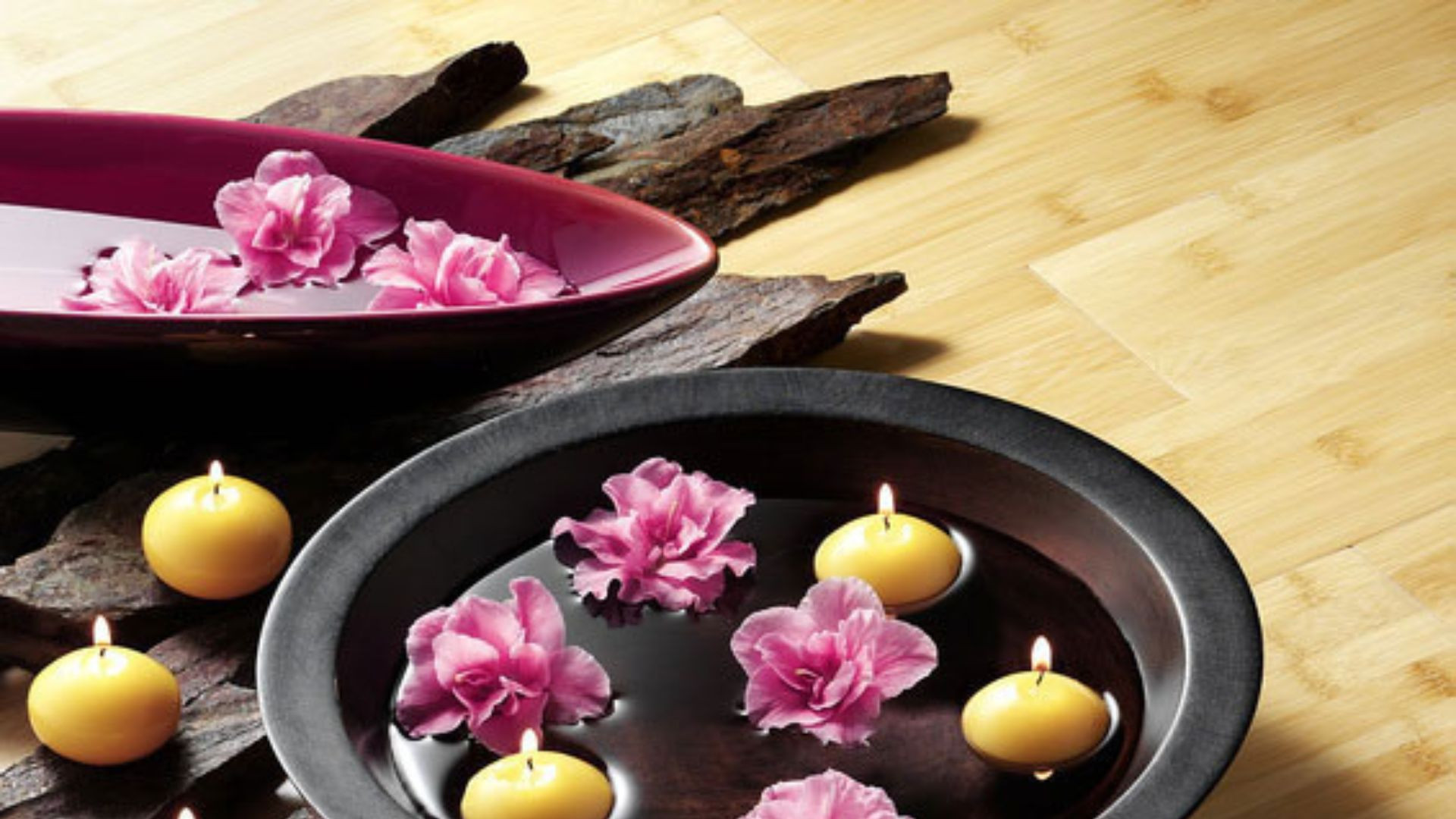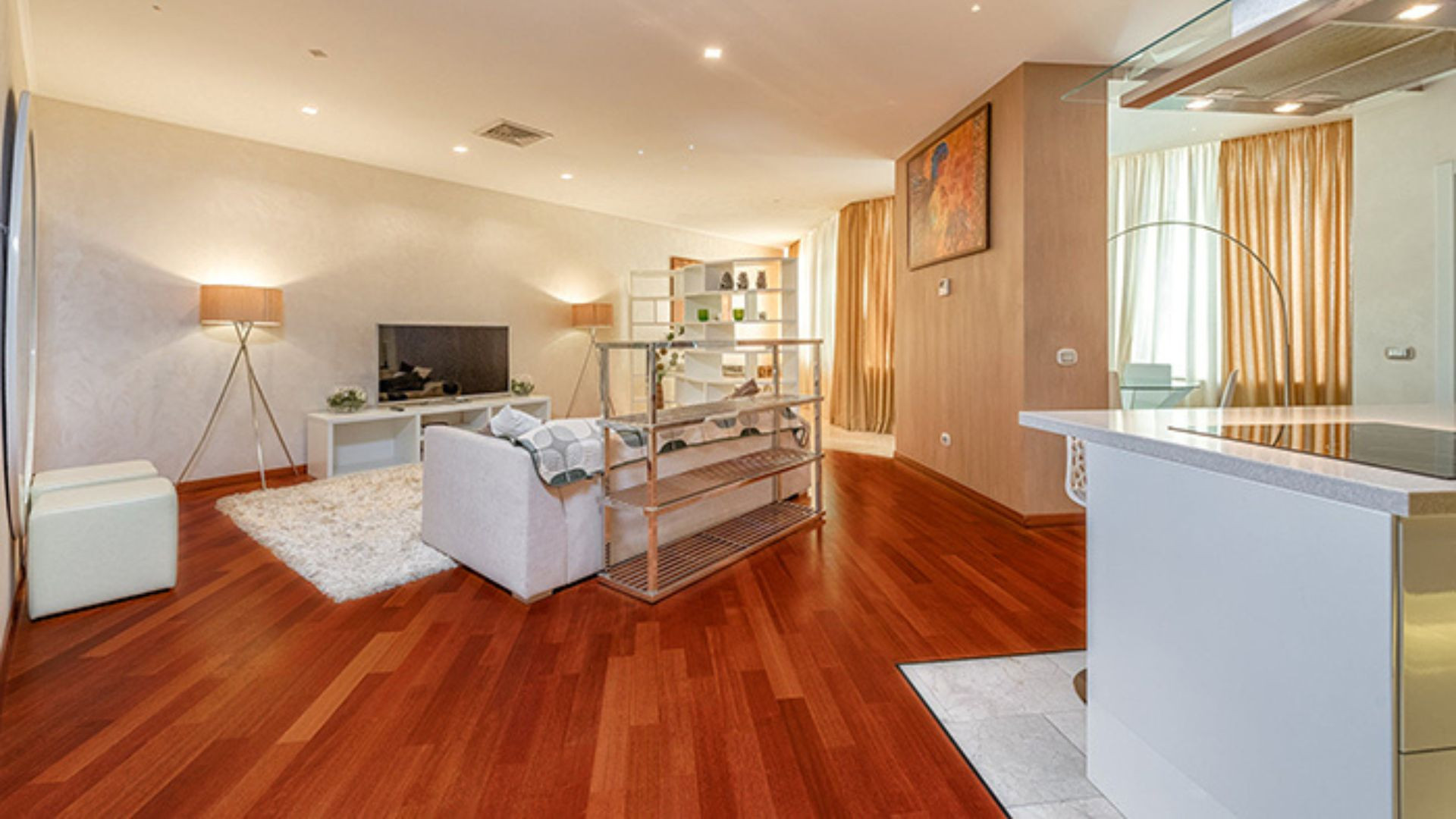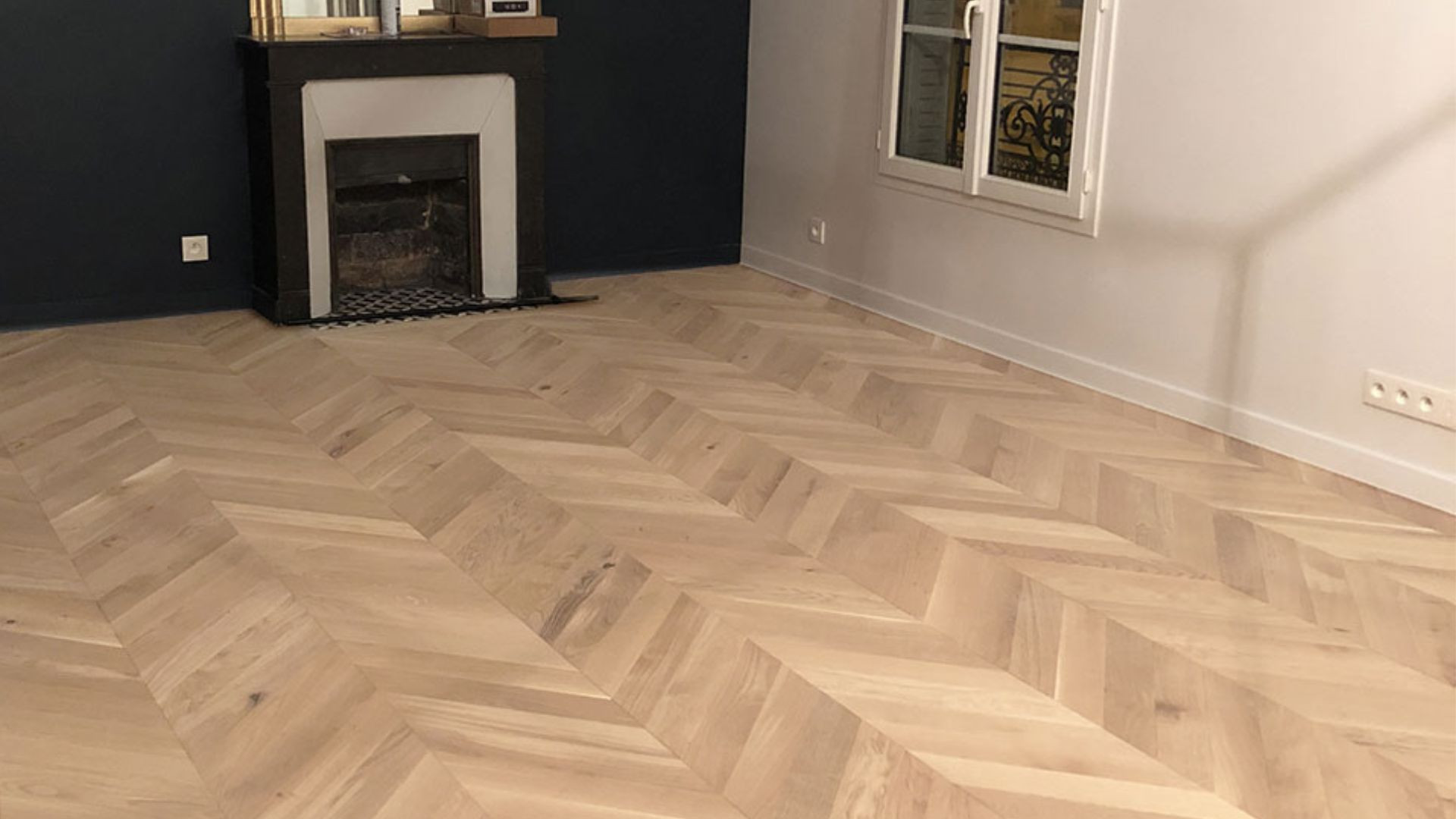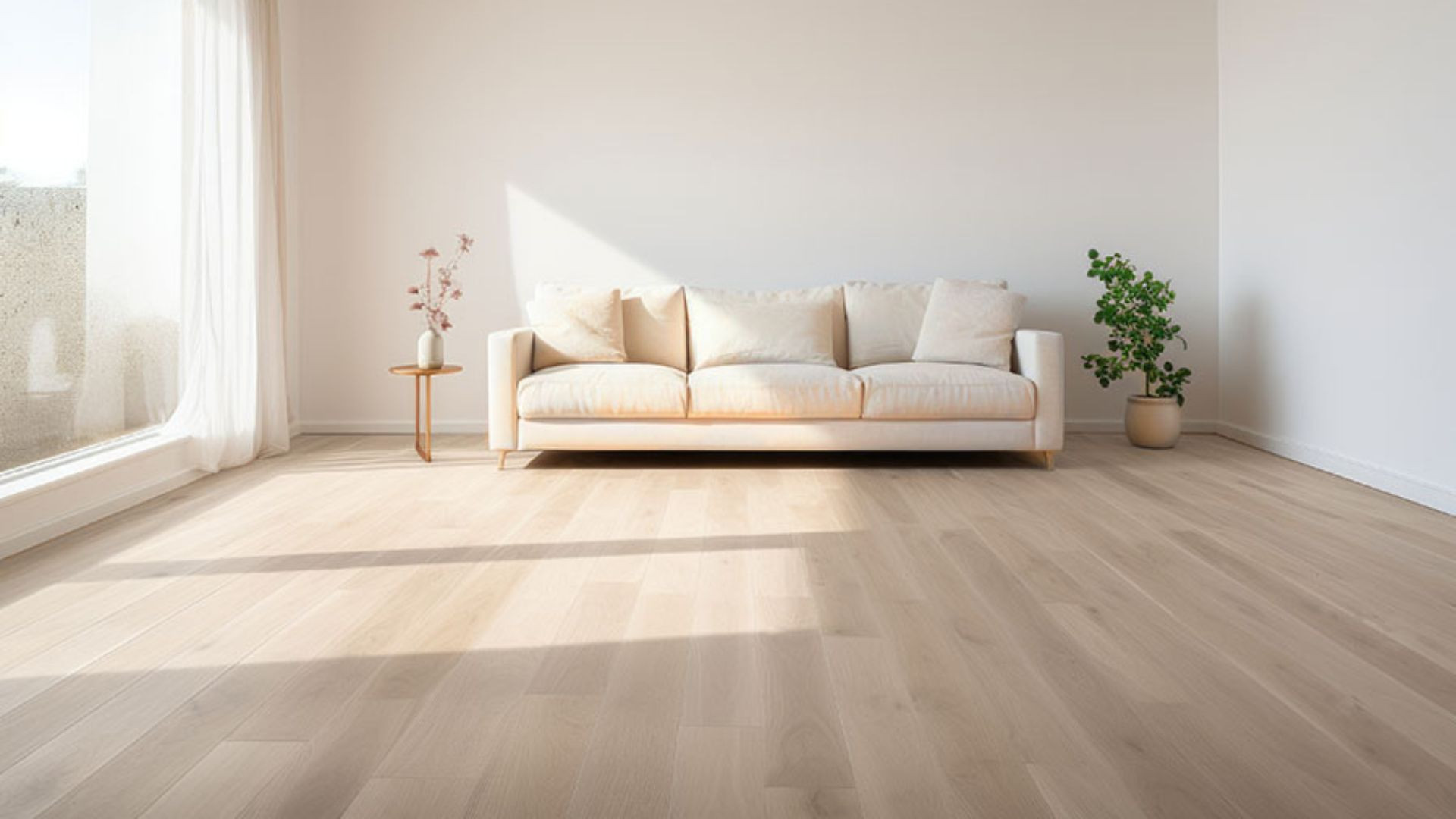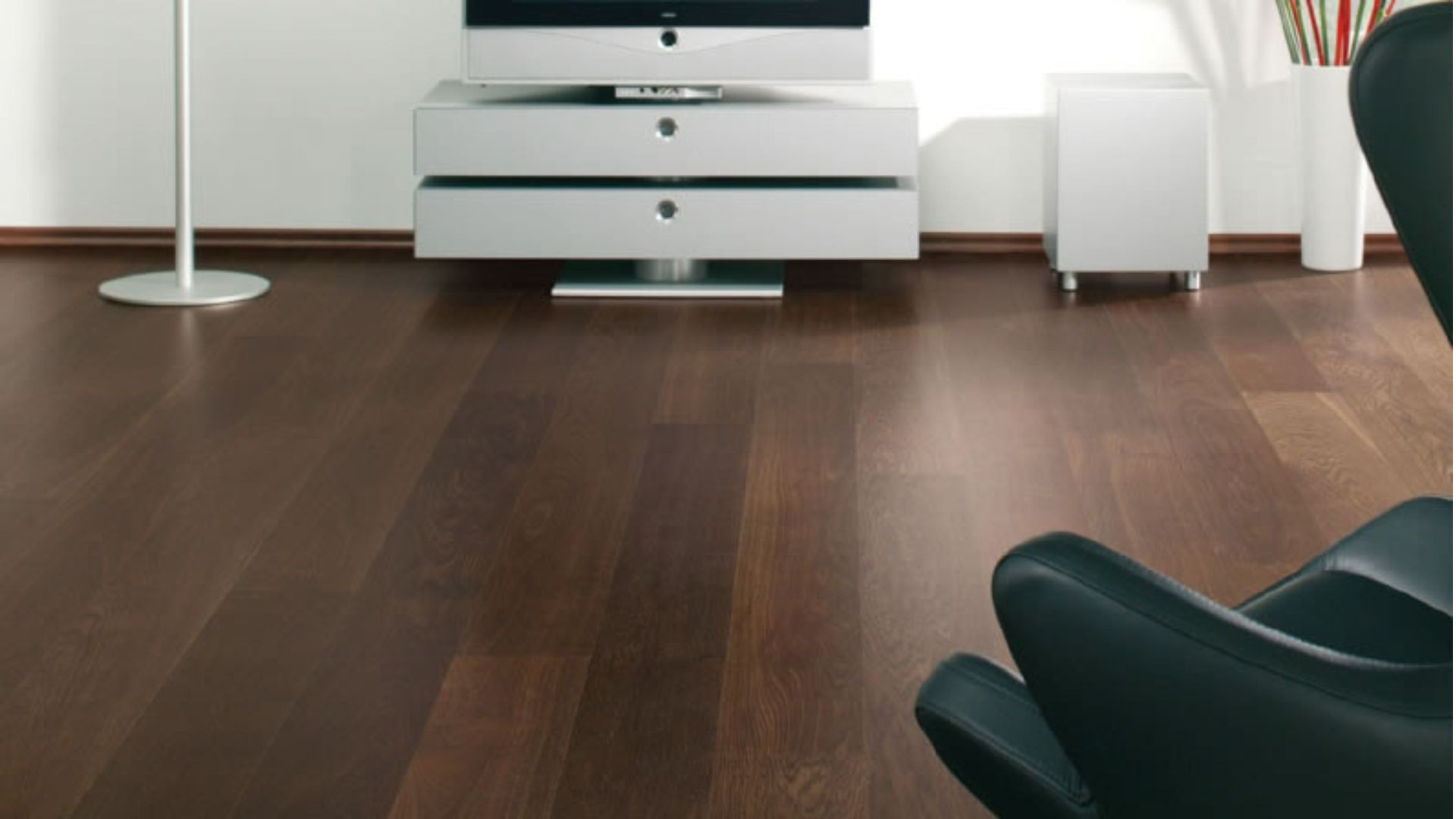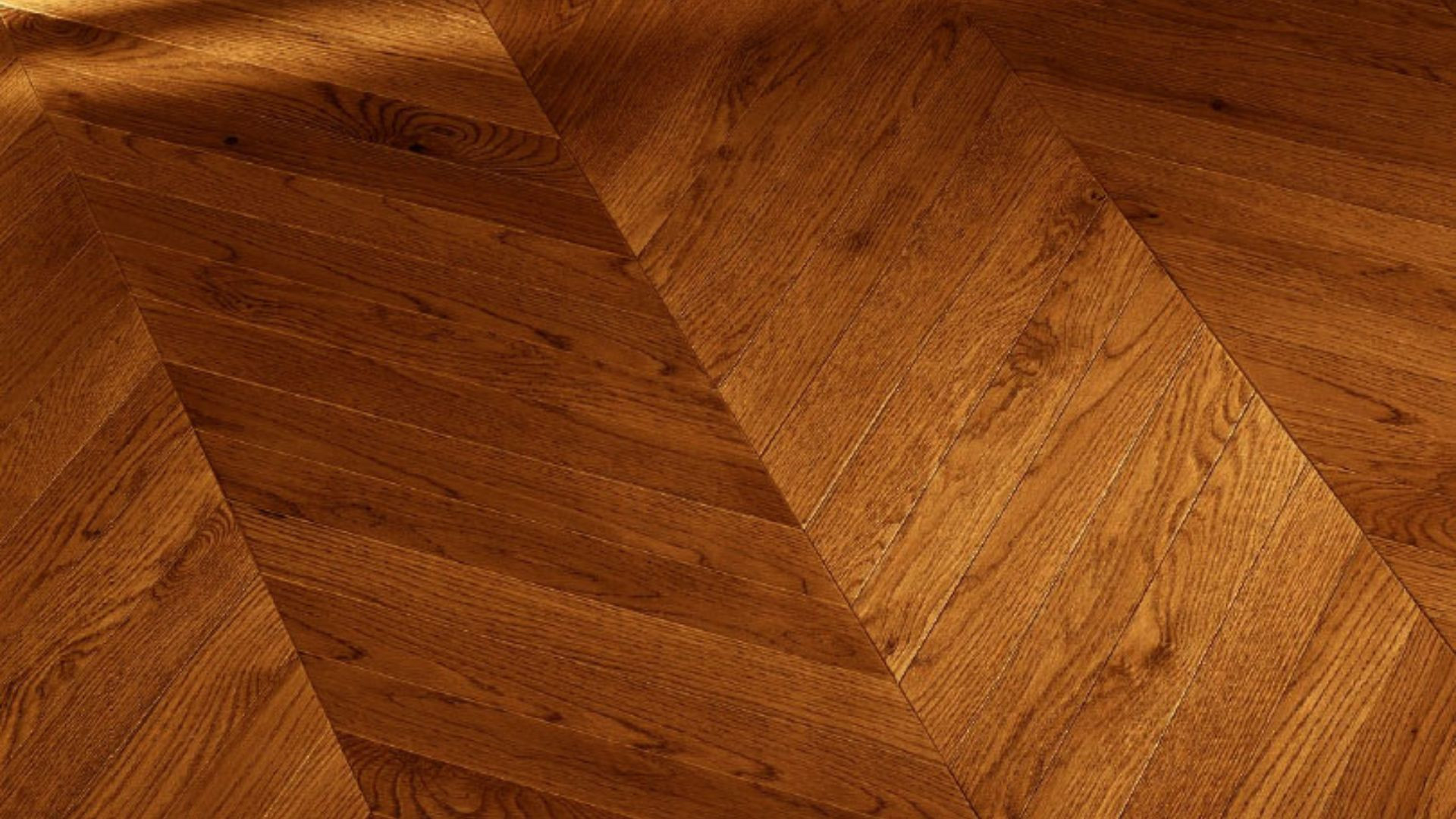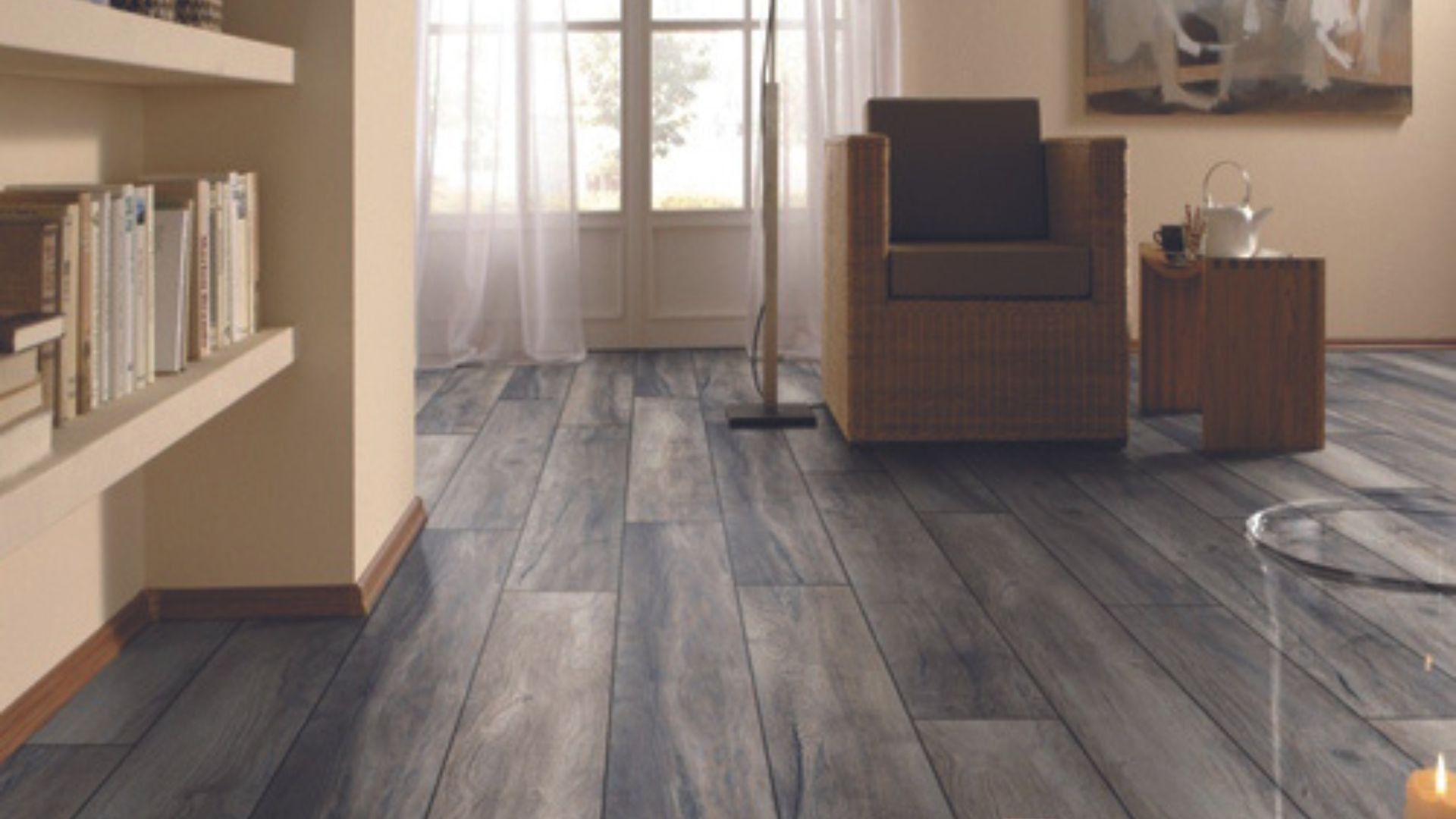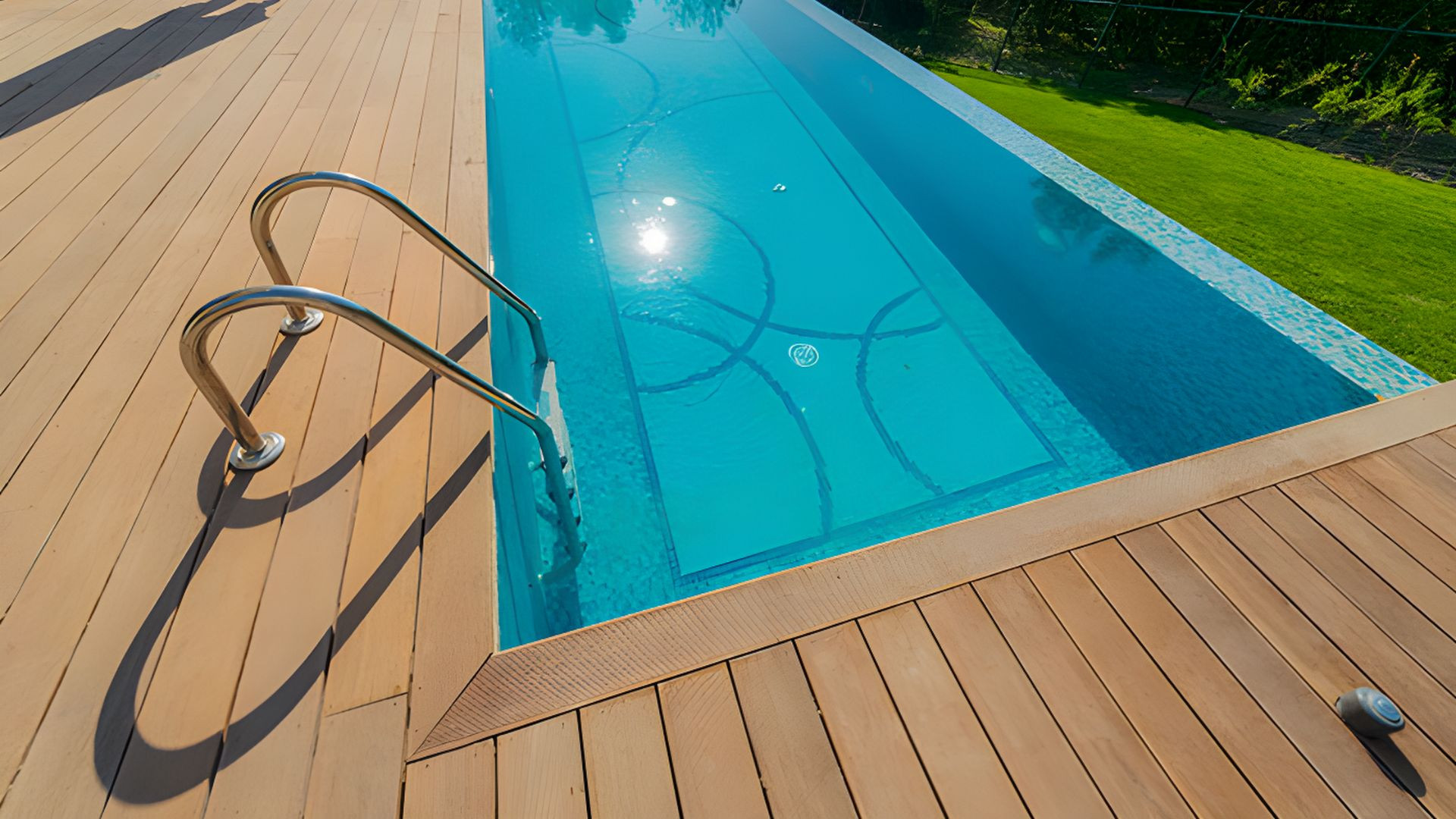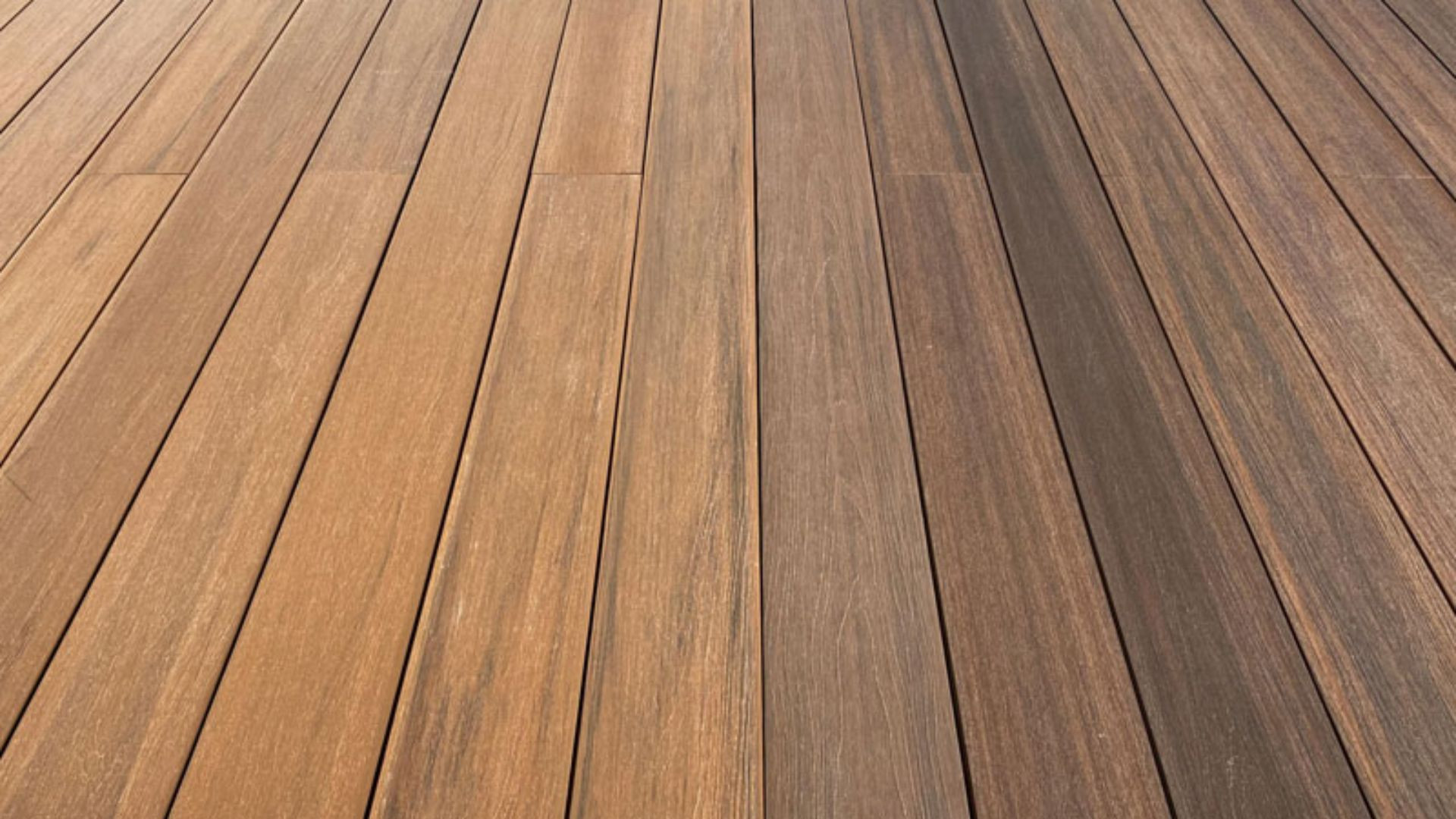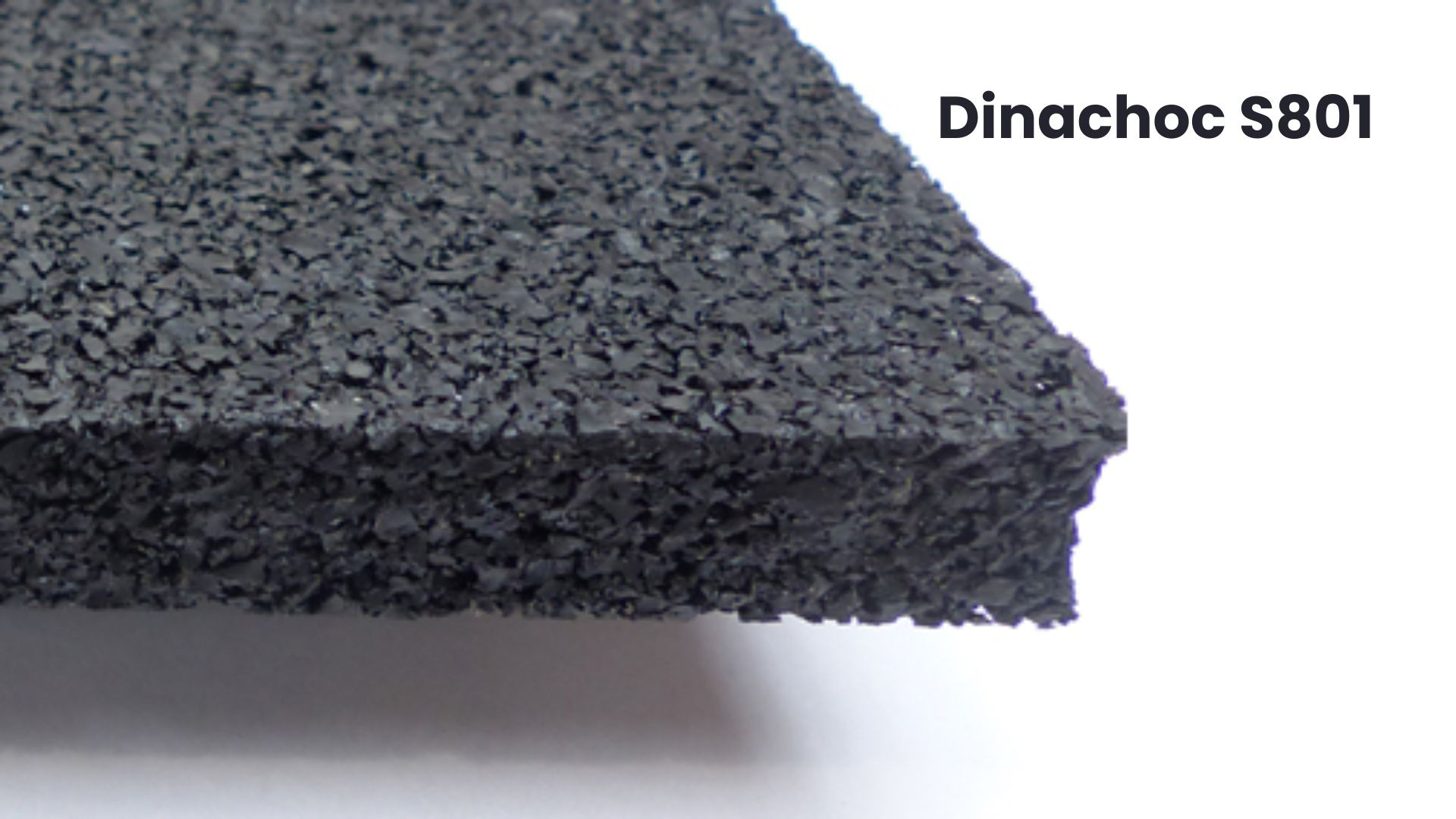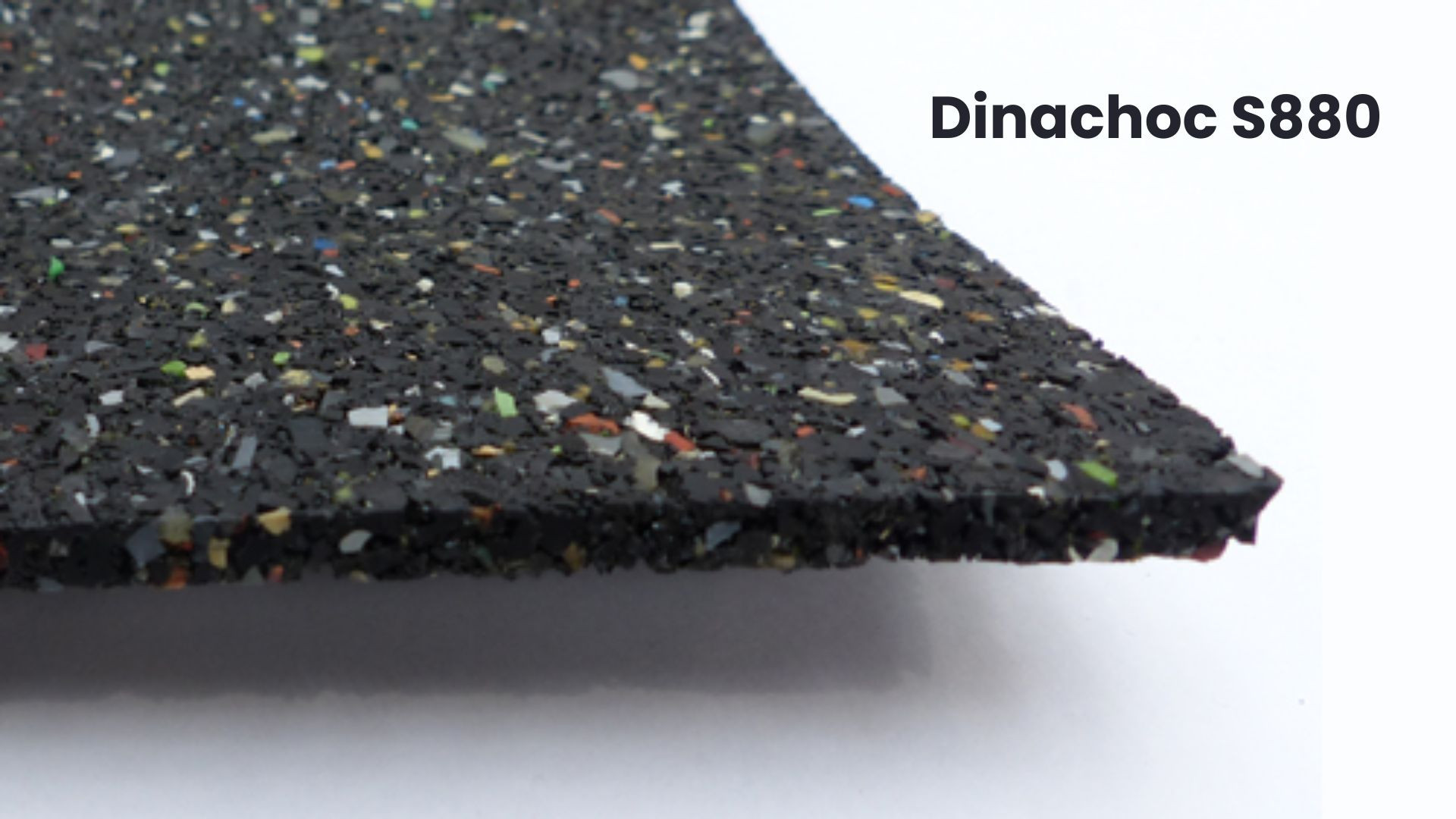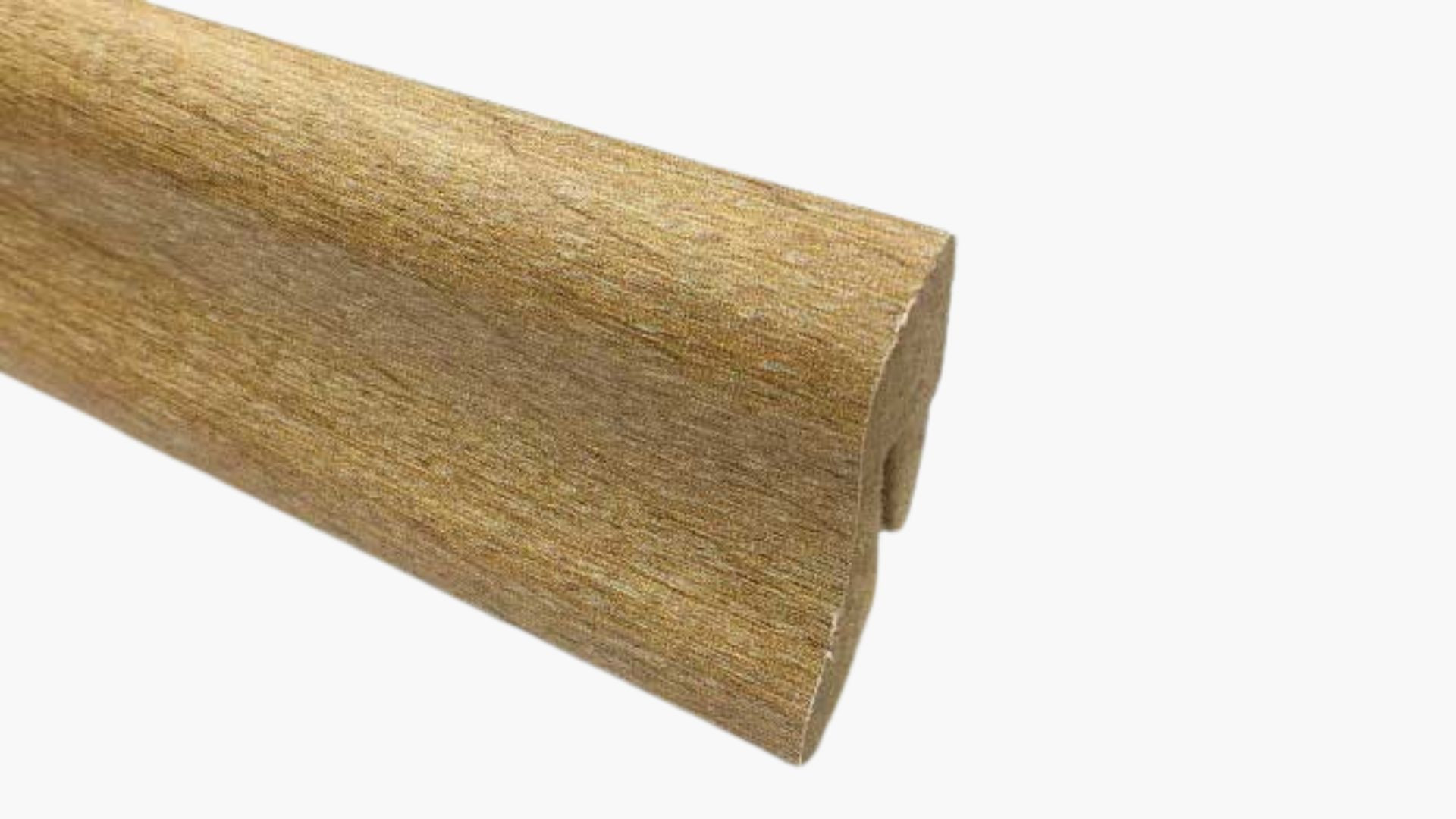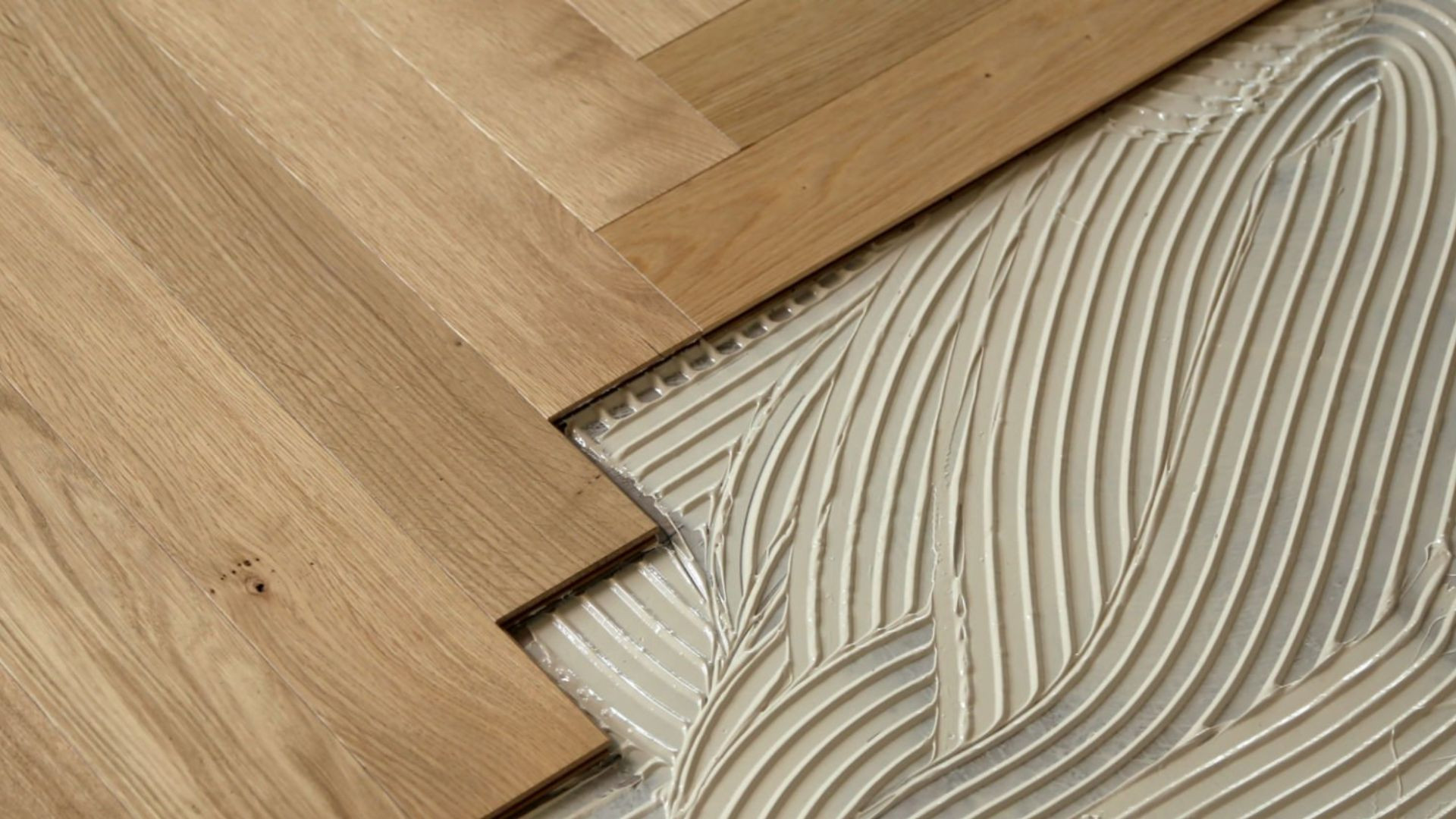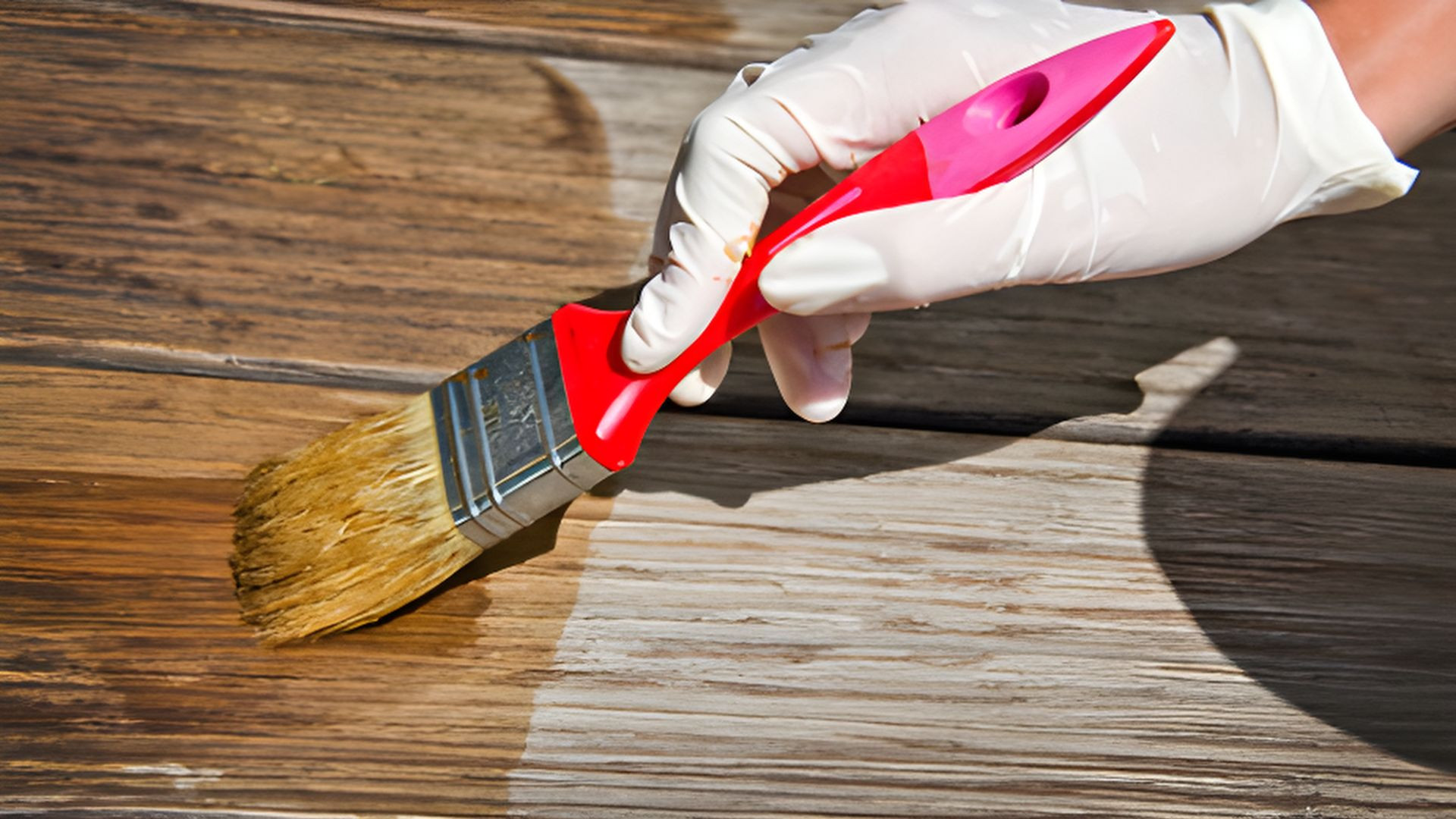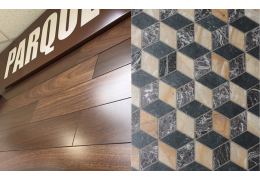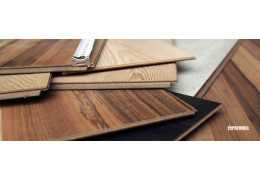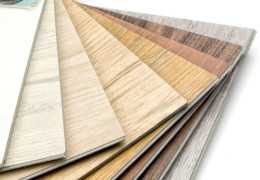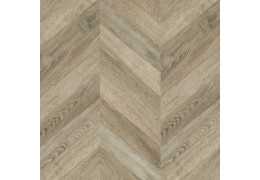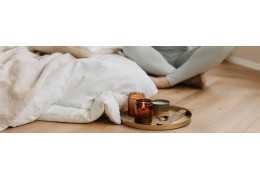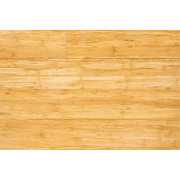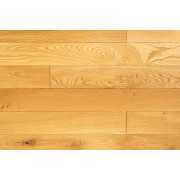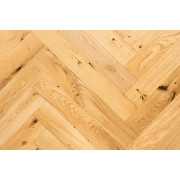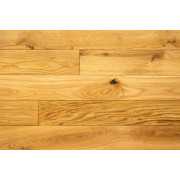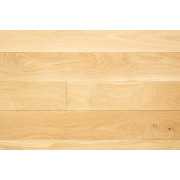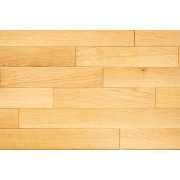Discover the essential criteria for selecting the perfect flooring for your space. Aesthetic, durability,...
How to lay your hardwood floor like a pro
1/Floor Preparation
Crucial step: Before starting the installation, ensure that your floor is clean, dry, and perfectly level. Any debris or unevenness could compromise the stability and final appearance of your hardwood floor.
Tip: Use a spirit level to check the flatness of your floor. If necessary, use a leveling compound to correct imperfections.
2/Acclimating the Wood
Before installation, it is essential to allow the wood to acclimate to the room's temperature and humidity.
Tip: Lay the floorboards flat in the room where they will be installed for 48 hours. This will help prevent any warping once the boards are installed.
3/Installing the Underlay
The underlay is essential for improving the sound and thermal insulation of your floor, as well as leveling small irregularities.
Good deals: Choose an underlay suitable for your type of floor. Some underlays are specially designed for heated floors or to enhance soundproofing.
4/Laying the Floorboards
Classic method: Start at one end of the room. Place expansion spacers along the walls to leave a gap of 8 to 10 mm. This gap allows the wood to expand without lifting.
Tips:
- Direction of installation: Lay the boards in the direction of the light for a harmonious visual effect.
- Useful tool: Use a rubber mallet to gently tap the boards into place without damaging them.
5/Cutting and Adjustments
At the ends of the rows, you will often need to cut the boards to fit. Use a jigsaw or a miter saw for precise cuts.
Tip: Keep the offcuts to start the next rows. This reduces waste and ensures better fitting of the boards.
6/Finishing Touches
Once all the boards are installed, remove the expansion spacers and install baseboards to cover the gaps left along the walls.
Good deals:
Finishing joints: Use a silicone joint in the same color as the floor to fill the gaps around obstacles (pipes, door frames).
Maintenance: Apply a coat of varnish or oil to protect your floor and give it a finished look.
Tips and Good Deals
- Choose Engineered Wood Flooring: It is often easier to install than solid wood and offers excellent dimensional stability.
- Tool Rental: If you don’t have the necessary tools, consider renting them. This will save you money while giving you access to quality equipment.
- Buy Extra: Plan for 10% more flooring to account for offcuts and cutting mistakes.
- Check for Promotions: DIY stores often offer discounts on flooring. Watch for sales and promotions to get the best price.





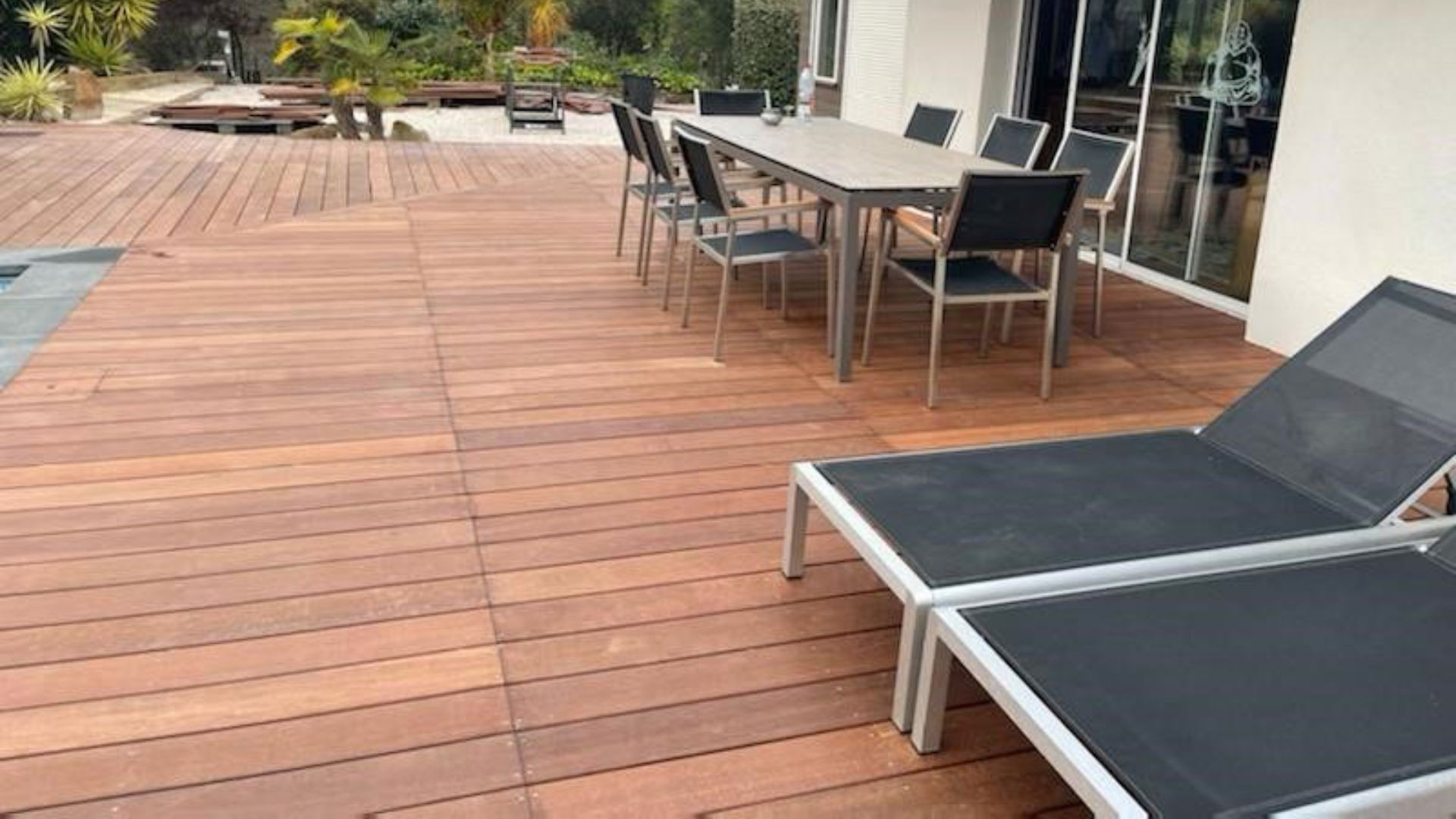
 Parquet Flooring Herringbone Pattern
Parquet Flooring Herringbone Pattern  Hungarian Point Parquet
Hungarian Point Parquet  Versailles
Versailles 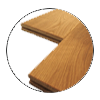 Straight planks
Straight planks 
